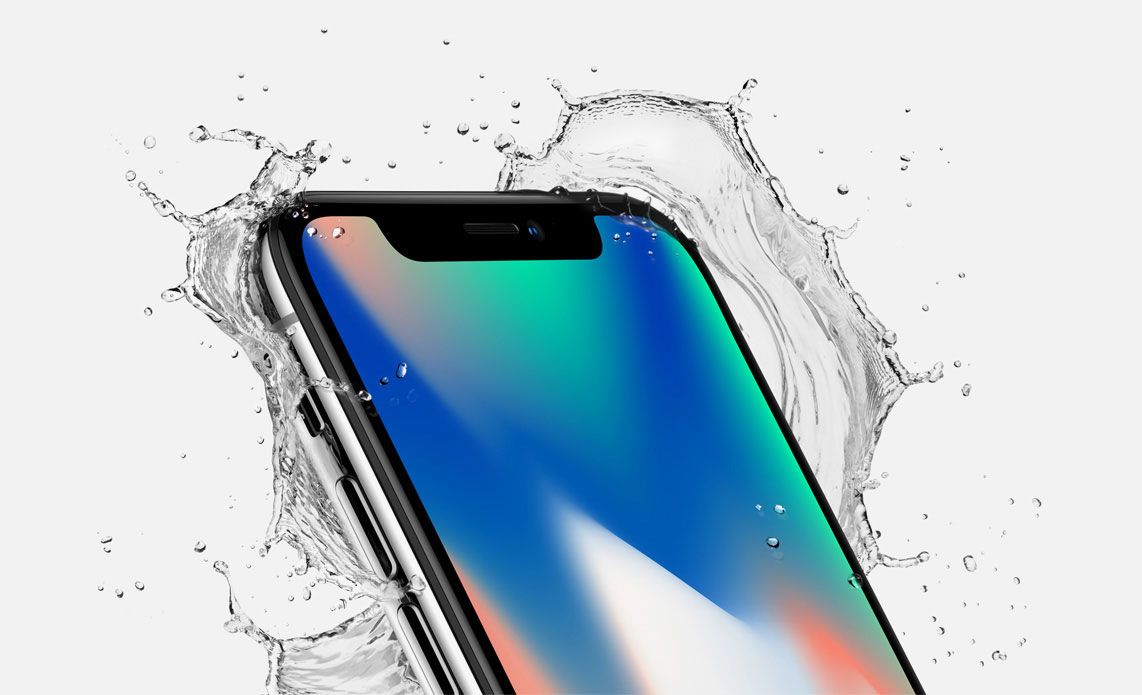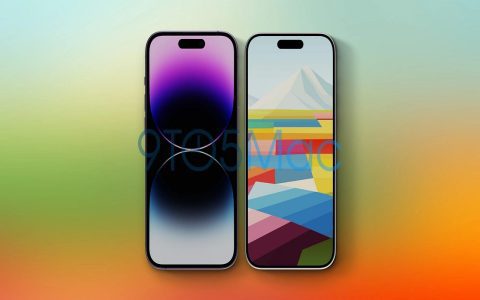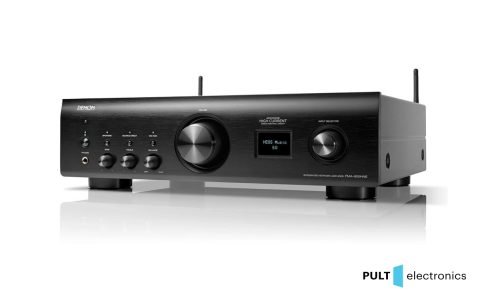The bezel edge refers to the thin frame surrounding a smartphone's display, typically made of metal, plastic, or composite materials. It serves as a border between the screen and the device's housing, playing a critical role in modern mobile design by balancing form and function.
Key Benefits of Bezel Edge for Smartphones
Understanding the advantages helps appreciate why bezel edges remain integral to today's phones.
- Enhanced Durability: The bezel provides physical protection against drops and impacts. For instance, it absorbs shock to prevent screen cracks or internal component damage, extending the device's lifespan and reducing repair costs.
- Improved Ergonomics and Usability: A slim yet functional bezel allows for better grip, minimizing accidental screen touches during handling. This design supports comfortable one-handed use while maximizing screen real estate for immersive viewing.
- Aesthetic and Design Integration: Modern bezels enable sleeker, minimalist designs by housing essential elements like front-facing cameras, speakers, and sensors discreetly. This contributes to a more premium look and feel, aligning with consumer preferences for all-screen aesthetics.
- Structural Integrity: Acting as a reinforcement frame, the bezel strengthens the phone's overall build. It ensures components are securely housed, supporting features such as waterproofing or dust resistance in advanced models.
- Cost-Effective Innovation: By incorporating bezels, manufacturers can optimize production efficiency. This allows for thinner, lighter devices without compromising on protective features or assembly complexity, benefiting affordability and mass-market appeal.
In summary, the bezel edge is a vital design element that enhances durability, usability, and aesthetics in contemporary smartphones, fostering both practical resilience and consumer appeal.









